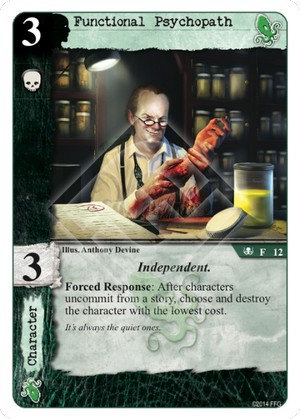{Continued from previous post.}
Some side questions:
Q2.i) Mists of Lethe has a similar ability to Military Bike, of being able to reassign characters to other stories. Mists of Lethe has not received the errata that was given to Military Bike, so does that mean Mists of Lethe's response can relocate an opponent's attacking character to a story where there are currently no other committed characters?
Military Bike (Summons of the Deep, F102), including errata, reads:
Attach to a character you control.
Disrupt: After a story to which attached character is committed resolves, exhaust Military Bike to immediately re-commit attached character to another unresolved story. Characters can only be re-committed by Military Bike to a unresolved story where there are already characters.
Yes.
Q2.ii) Similarly, can Mists of Lethe's response relocate an opponent's defending character to a story where there are currently no other committed characters; ignoring the Step 2 - Opponent Commits rule that " The opponent (the non-active player) may now commit any number of his ready characters to any story where the active player has committed at least one character during step 1. "; where, without any attackers present, that story will not resolve?
Yes, because as noted above the opponent is not committing that character, you are.
Mists of LetheI'm fascinated by the idea that "Mists of Lethe has its controller committing the character". (I would have assumed the character is still considered to have been committed by the character's controller, rather than Mists of Lethe's controller, after the effect resolves.) I think this might be the first card that can cause my character to be committed to a story on my side which is considered to have been committed by my opponent and not (or no longer) by me! I wonder what interesting card interactions that might open up!?
Just to make sure I've got my head around those definitions/differences related to 'commit', can you confirm that my reading of the following card is correct:
Cannibal Ghast (Core, F106) reads:
Cannibal Ghast cannot commit to stories on your turn.
'Cannot' is absolute, however 'commit' in this instance only relates to the standard framework 'commit' action. I could still use a card effect that committed Cannibal Ghast to a story on my turn outside of the standard framework 'commit' action. Correct?
Correct. A card effect could make it committed.
